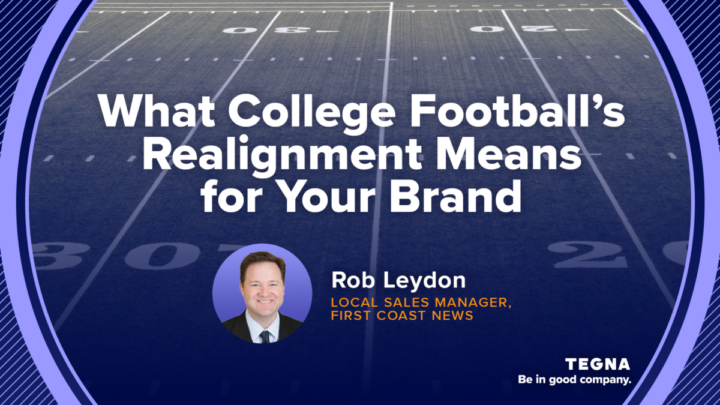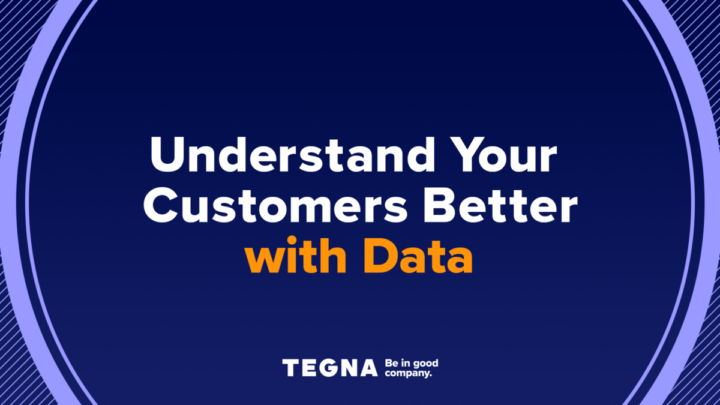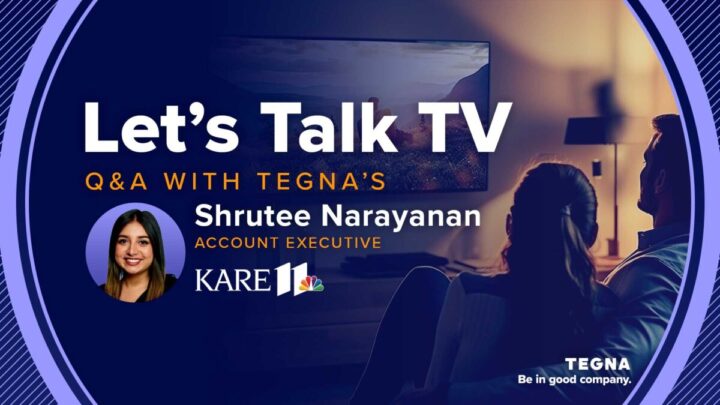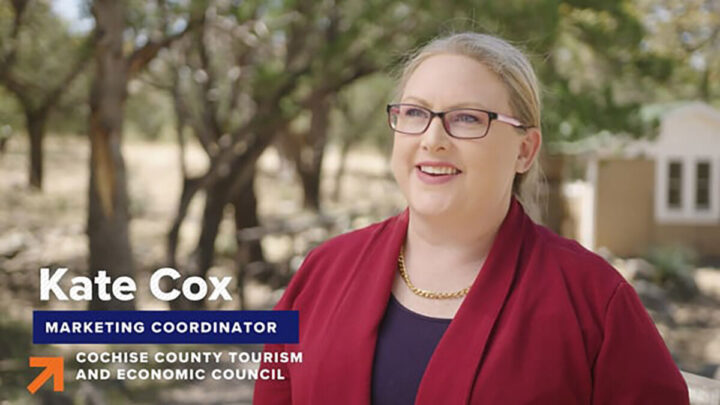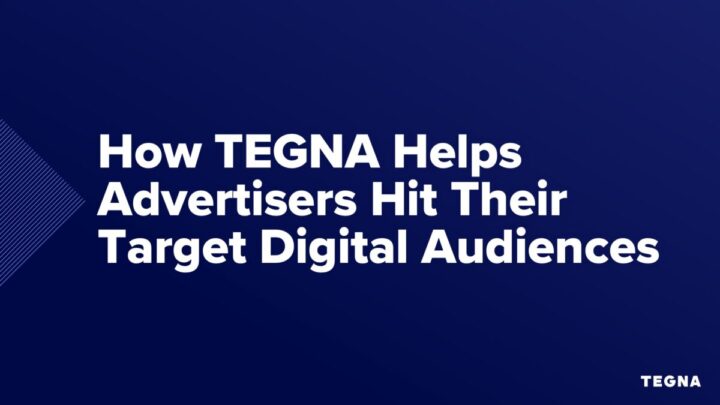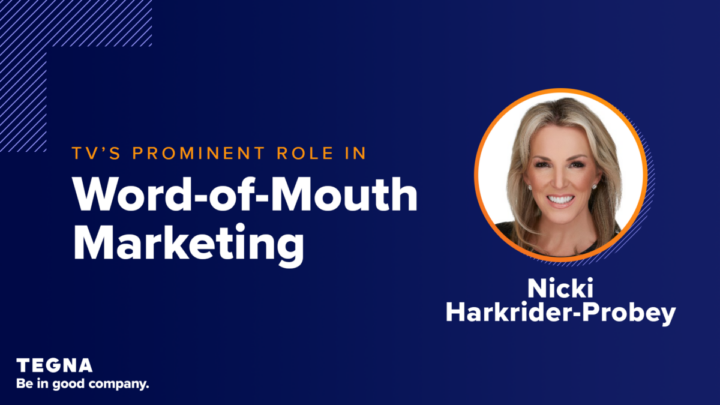Luxury Advertising: Marketing to Affluent & Wealthy Customers

Champagne and caviar, private jets, and flashy sports cars. Haute couture and diamond rings. What do all of these items have in common? The luxury items signal many things to their owners: status, pride, comfort, wealth, and appreciation for the finer things in life.
What do you need to know to connect with wealthy and affluent audiences to create an ad campaign that will sparkle and shine as bright as diamonds?
This guide for marketing to affluent & wealthy consumers provides insights and ideas to reach and connect with those with higher incomes who are likely to purchase high-ticket items.Let’s dive right in!
What is Luxury Advertising?
Marketing and advertising go hand-in-hand, working together to promote and amplify your products or services in order to create brand awareness and, ultimately, grow your business through increased sales.
It’s all about reaching the right people at the right time and with the right message so they take the desired action: make a purchase. In the case of luxury items, this means reaching the affluent and wealthy with messaging with the goal of attracting new and loyal customers alike.
This can easily become complicated and extremely nuanced as you dig in.
For example, it’s important to note that luxury items are not considered essential to the daily life of the average American. Items like Rolex watches, Louis Vuitton purses, and Porsche sports cars possess a certain glamour and appeal that signal status, wealth, and mystique that must be considered in marketing and advertising campaigns. And the people who purchase luxury items have a different mindset, unique needs, wants, and pain points that must also be considered
The State of the Luxury Market Today
On top of knowing your target audience and the value of your luxury products, it’s of utmost importance to understand the state of the luxury market today. When you have a good understanding of the market, your campaign will be better informed and more effective. Here’s what you need to know from eMarketer’s Luxury Goods 2022 report:
- It’s forecasted that luxury sales will grow 6.7% in 2023 and hit $125.96 billion by 2026, keeping the US as the world’s largest market for personal luxury goods.
- The top-spending 20% of consumers account for around 70% of sales for most luxury brands, and they are generally less affected by economic conditions like inflation. Their spending is increasing, making this audience segment increasingly important to target.
- In contrast, spending among lower- and middle-income consumers is in decline by about 5% among those making less than $50k per year. This group is shifting priorities, cutting discretionary spending to save money, and shifting these dollars to travel.
- Gen Z (55%) and millennial (65%) consumers will make up most of the total personal luxury spending by 2025 globally, up from 39% in 2019. Gen Z also leads in intent for luxury purchases.
- The top categories for luxury consumption are footwear and handbags, followed by beauty products.
- E-commerce will remain the predominant sales channel for luxury items. Department stores and their websites and apps are also leading channels for luxury purchases.
- Resale platforms are growing as 15.4% of US luxury consumers have made purchases through an online resale platform in the past year, making luxury resale a top trend among consumers, and the report notes, “Gen Z and millennials are largely responsible for this trend, as many are interested in vintage styles and sustainability.”
- New technology and platforms are also growing in popularity, as 32% of respondents expressed interest in using VR and AR tools for luxury shopping, and nearly 27% were interested in exploring virtual or metaverse stores. For example, Gucci, Ralph Lauren, and Givenchy have set up permanent spaces on Roblox. Balenciaga and Louis Vuitton have launched collections of digital apparel for avatars in collaboration with Fortnite and League of Legends, respectively.
How Do You Advertise a Luxury Brand?
How do you create advertising that lives the lifestyle of the rich and famous? Now that we know the market’s state, some homework still needs to be done to inform your marketing and advertising strategy.
Understand Your Target Audience
Audiences are more diverse and unique than ever, and luxury consumers can be loosely defined in several different ways. Creating persona profiles is a great way to help organize, inform, and personalize your marketing messaging to create meaningful connections with your audience. For example, your audience could be made up of:
- The high-income, high-spending boomer – but only on value-based purchases that make financial sense and secure financial stability.
- The sensible, average-income Gen Xer splurging on self-care, which was made more important than ever during the pandemic.
- The perceived high-income-yet-debt-ridden millennial with a YOLO attitude looking to make high-end purchases that symbolize status.
- The ambitious Gen-Z has no qualms about purchasing high-end fashion like Gucci for their avatar in Roblox.
Understand Consumer Motivations
Affluent consumers are motivated in multiple ways to purchase luxury goods. GWI has found that this audience wants to:
- Stand out in a crowd, as 30% of affluent consumers say that is important to them. Additionally, 34% will buy a premium version of a product to do so.
- Access to exclusive content and services – 33% will buy a new product or service as soon as they’re available.
- Seek out products and services to enhance their online reputation, as they are 48% more likely to promote a brand that will help achieve this goal. This can include experiences, as affluent consumers are no longer just looking for a product but for an experience.
- Tell their friends – 41% of affluent consumers will tell family and friends about new products, which is 25% more than everyone else.
Create a Clear, Consistent Brand Message and Compelling Story
Develop a narrative showcasing your luxury brand’s value using the above insights as your guide. Highlight what sets it apart from other luxury brands, how it can help elevate the audience’s status, or a problem your brand helps them solve.
Affluent customers are 29% more likely to advocate for a brand if they have a personal connection. Try to create an emotional connection with this audience, and craft the story your customers want to hear, not the ‘yell & sell’ approach. Remember, advertising a luxury brand requires a balance of elegance, exclusivity, and exceptional quality in all aspects of your marketing efforts.
Use high-quality, visually appealing imagery and videos that reflect the luxurious aspects of your brand. Professional photography, elegant designs, and visually stunning content help convey the premium nature of your products or services.
Additionally, consistency is crucial for luxury brands. Ensure all marketing materials, messaging, and visuals align with the brand’s identity and values. This consistency creates a sense of trust and familiarity among your target audience.
For more on effective creative, be sure to check out:
- Making TV Ads with TEGNA’s Top Experts
- Q&A: How to Make Strong Creative For TV Ads with Brian Kintz
- How to Create Ads that Convert: 12 Tips
Promote Exclusivity and Status
Luxury brands often target affluent individuals who value quality, craftsmanship, and exclusivity. Because they want to stand out in a crowd and purchase products that can elevate their status and online reputation, consider collaborating with influencers, other high-end brands, and celebrities who align with your brand values and have an engaged following of affluent individuals.
These types of strategic partnerships can add credibility to your brand, increase visibility, help cross-promote products, access new markets, and reinforce the exclusivity of your brand. They can also help you focus on providing exclusive experiences to your customers and clients. Organize VIP events, private launches, fashion shows, or curated experiences to generate excitement and buzz around your brand.
Create a Media Plan
Creating a media plan is one of the most critical components of your marketing campaign. You want to ensure you’re selecting advertising channels that align with your target audience’s behavior.
Because high-income earners are active in the community, local news is a great place to start for luxury brands. TVB recently found that local broadcast news is the most trusted platform for viewers – and that trust halo extends to brands, as consumers are more likely to buy from brands that advertise alongside sources of information they trust.
Traditional channels like print media, high-end magazines, and billboards can still be effective for luxury brands. Meanwhile, digital platforms, such as local news websites, social media platforms, and targeted online advertisements, can reach a wider audience, especially when combined with local TV advertising.
That’s because digital channels can help amplify your TV message. Nearly 8 out of 10 luxury sales are “digitally influenced,” and 43% of wealthy consumers say their online shopping has increased over the past year.
Measure Results & Optimize
As a marketer, measuring results can be a challenge. How do you know if your ad campaign led to improved brand recall, created purchase intent or FOMO, or led to a purchase? If it did, how do you know which piece of creative is the most effective?
A marketing measurement tool, such as TEGNA Attribution, can help answer these sometimes complex and nuanced questions for advertising on TV, streaming, and digital platforms. The data collected will connect the dots between ad viewership and outcome metrics and can be used to make campaign optimizations along the way. For example, you may find creative A consistently outperforms creative B, and you may consider running creative A more often than creative B.
Common Mistakes When Advertising to Wealthy Consumers
When advertising to wealthy consumers, it’s important to be aware of potential pitfalls hindering your marketing efforts. By avoiding these common mistakes, you can enhance your advertising efforts and better connect with wealthy consumers, ultimately strengthening your brand’s appeal and driving success in the luxury market.
Not Focusing on the Brand Experience
By prioritizing the brand experience, luxury brands can create a lasting impact, foster customer loyalty, and differentiate themselves in a competitive market. For example, Airbnb Luxe does a great job focusing on the brand experience rather than just the rental property. They offer “A selection of pristine, expertly designed homes with high-end amenities, services, and dedicated trip designers.” It’s not just the rental home that provides value to wealthy audiences, but the experience that includes high-end extras makes the experience all the more posh.
Focusing on Price
While price can be a factor in luxury purchases, focusing solely on discounts or promotions can cheapen the perception of your brand. Luxury consumers value quality, craftsmanship, and exclusivity, so highlight these aspects instead of solely relying on price-based appeals.
Campaigns should focus on quality or convenience instead, especially as 85% of wealthy consumers noted that quality is more important than brand, and 59% of wealthy consumers will pay more for convenience.
Promoting Only on One Channel
Creating a cross-channel strategy that drives brand awareness across channels is ultra-important in today’s media landscape. Not only will you want to craft a complete ad campaign with linear broadcast and streaming TV advertising, but digital is expected to increase in influence, so brands should consider investing here, too. Neglecting online platforms and digital advertising can result in missed opportunities to engage with and influence your target audience.
Ignoring Social Responsibility
Today’s affluent consumers often seek brands that align with their values, including environmental and social responsibility. Neglecting to showcase your brand’s commitment to sustainability, ethical practices, or social causes can lead to a disconnect with socially conscious consumers. Here are a few ideas for creating a sustainable-friendly campaign.
The Advantages of Advertising to Wealthy Consumers
Advertising to wealthy consumers offers several advantages for luxury brands. You have the opportunity to tap into a lucrative market segment, build brand equity, and establish long-term customer relationships. By understanding and effectively targeting this audience, luxury brands can position themselves for success in the competitive luxury market.
Higher Purchasing Power & Profit Margins
Wealthy consumers have significant disposable income, enabling them to afford luxury products and services. By targeting this demographic, luxury brands can tap into a market segment that is willing and able to spend more. Therefore, they can sell at premium prices, enabling them to generate higher profits and increased revenue compared to mass-market offerings. This can contribute to the financial sustainability and growth of the brand.
Brand Perception and Status
Luxury brands often symbolize prestige, exclusivity, and status. When wealthy consumers associate themselves with these brands, it enhances their self-image and social standing. Advertising to this audience allows luxury brands to reinforce their image as providers of high-quality, exclusive products or services, further enhancing their brand perception and desirability.
Repeat Purchases and Brand Loyalty
Wealthy consumers tend to be loyal customers who appreciate luxury and value. By fostering a positive brand experience and maintaining a high level of quality, luxury brands can establish long-term relationships with affluent consumers who like to recommend products to others, leading to repeat purchases and ongoing loyalty. This customer retention can contribute to sustainable business growth and profitability.
Partner with TEGNA for Your Next Luxury Ad Campaign
At TEGNA, our ultimate goal is to equip brands with data and insights to inform creative and then amplify those messages with cross-platform campaigns, including broadcast, streaming, and digital elements. With 64 broadcast stations in 51 markets nationwide, our unique content opportunities will connect your business to the audiences that matter most and deliver proven results. Let’s get in touch to see how we can help your brand grow with the power of advertising.
Frequently Asked Questions
How do you target affluent people?
Luxury items possess a certain glamour and appeal that signal exclusivity, status, wealth, and mystique that must be considered in marketing and advertising campaigns. Based on audience needs and insights, savvy luxury marketers will consider telling a brand story that creates exclusivity and promotes status and wealth while using a cross-platform media plan that integrates TV, streaming, and digital elements.
What is a luxury brand strategy?
A luxury brand marketing strategy promotes and amplifies a luxury brand’s products or services in order to create brand awareness and, ultimately, grow your business through increased sales among new and loyal customers. In the case of luxury items, this means reaching the affluent and wealthy with messaging that creates exclusivity and promotes status and wealth.
How do you attract luxury customers?
Luxury brands often symbolize prestige, exclusivity, and status. When wealthy consumers associate themselves with these brands, it enhances their self-image and social standing. Advertising to this audience allows luxury brands to reinforce their image as providers of high-quality, exclusive products or services, further enhancing their brand perception and desirability.
How does luxury marketing work?
Luxury items signal many things to their owners: status, pride, comfort, wealth, and appreciation for the finer things in life. Marketing to the affluent and wealthy often includes telling a brand story that creates exclusivity, helps enhance their online reputation, and creates an experience that puts quality over price points, as more affluent audiences crave unique experiences.


